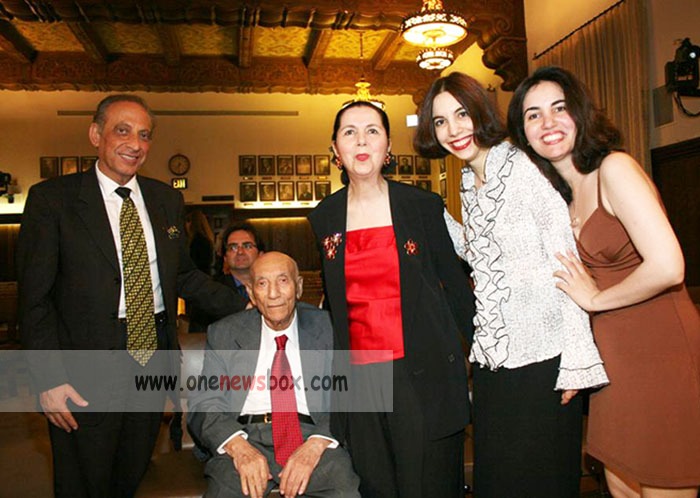Following his doctoral studies, Ghaffari accepted a position as a professor at the Higher Institute of Science in Paris. He also worked as an intern at the Paris Observatory, gaining firsthand experience in astrophysical research and celestial mechanics. His academic activity during the 1930s coincided with major transformations in physics, particularly the development of quantum mechanics and the expansion of astrophysics as a modern discipline.
In April 1937, responding to a call from Ali Asghar Hekmat, the Iranian Minister of Culture, Ghaffari returned to Iran to contribute to the modernization of Iranian higher education. On 8 Farvardin 1937, he was appointed an associate professor at the Higher Institute of Science, which later evolved into the University of Tehran. He taught advanced courses in mathematical analysis and mentored young Iranian scholars who would themselves become prominent figures.
From 1938 to 1941, he completed military service, during which he was assigned to the Geographical Department of the Army Headquarters. His responsibilities included surveying and leveling lands north of Tehran—a task that aligned with his mathematical expertise and provided practical experience in applied geometry.
Transnational Academic Career: London, Harvard, and Princeton
The outbreak of World War II reshaped academic landscapes around the world. Because of his expertise in physics and mathematics, Ghaffari was invited to join King’s College London in 1944 as part of Britain’s wartime scientific effort. British universities were gathering scientists from across the world to conduct urgent research, especially in fields related to ballistics, aerodynamics, and mathematical physics. Ghaffari worked tirelessly alongside British and European scientists until 1948.

